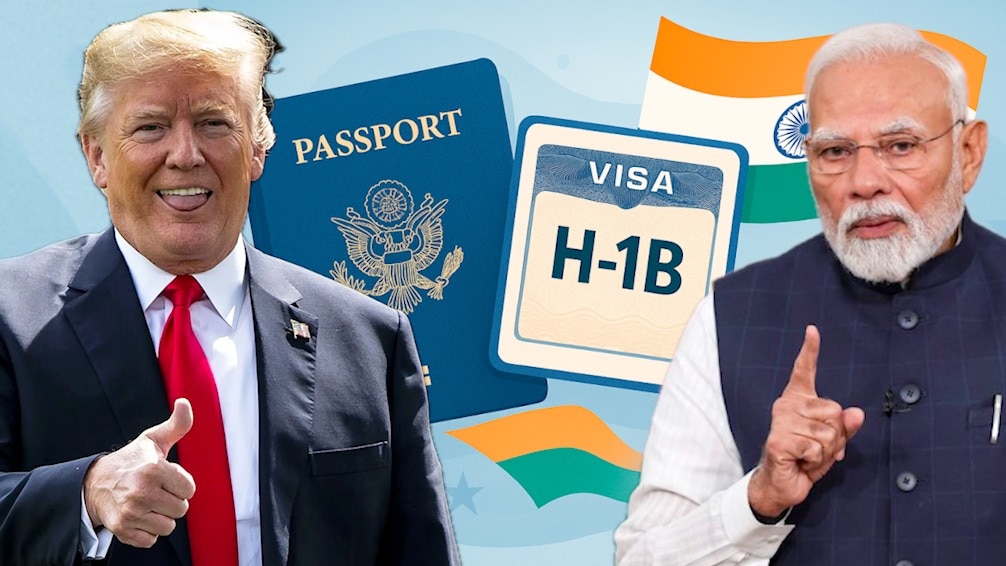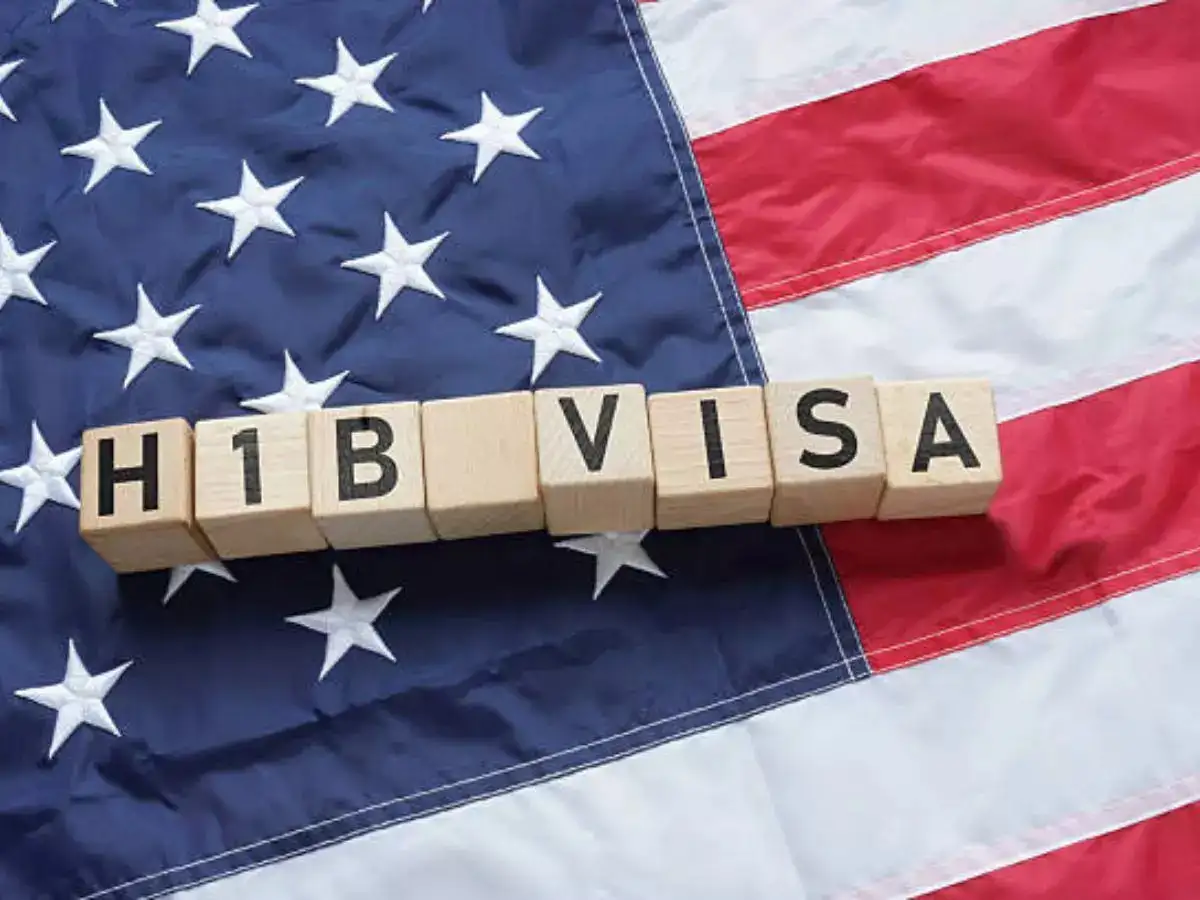Trump Administration Eases H-1B Fee But New Student Caps Cloud Future for Indian Talent
This dual policy creates a complex and uncertain future, offering immediate relief to current visa holders while significantly tightening the entry pipeline for aspiring international students, particularly from India.
Subscribe to our newsletter and stay informed about latest H1B news, policy updates and and other developments.
Article Summary
The Trump administration's decision to ease the $100,000 H-1B visa fee, effective October 21, 2025, brings relief to existing visa holders and students transitioning to H-1B status. However, a new cap limiting foreign students to 15% of total university admissions, with no more than 5% from any one country, raises concerns for future Indian talent inflow. This duality creates uncertainty, particularly for India, which accounts for a large percentage of H-1B holders and international students.
Original Article: timesofindia.indiatimes.com
[ Sentiment: neutral | Tone: factual ]
This summary and analysis were generated by TheNewsPublisher's editorial AI. This content is for informational purposes only; it does not constitute legal or immigration advice.
[ Sentiment: neutral | Tone: factual ]
This summary and analysis were generated by TheNewsPublisher's editorial AI. This content is for informational purposes only; it does not constitute legal or immigration advice.
TNP AI: Key Insights
This news matters significantly to skilled professionals and their employers as it presents a contradictory policy landscape: immediate financial relief for those already navigating the US immigration system, contrasted with a severe bottleneck for future talent acquisition. The easing of the $100,000 H-1B fee for existing visa holders and F-1 to H-1B transitions ensures continuity for approximately 300,000 Indian professionals, preventing exorbitant costs and potential disruptions to their careers.
However, the parallel cap on foreign student admissions—limiting international students to 15% of university intake and only 5% from any single country—marks a profound shift from previous open-door policies. This will disproportionately impact India, the largest source of international students, making it significantly harder for new talent to enter the US education and work visa pipeline and potentially shrinking the qualified candidate pool for industries reliant on global talent.
The volatility in US immigration policy, highlighted by these oscillating measures, suggests that businesses and individuals must develop agile long-term strategies. This decision will likely intensify global competition for skilled talent, potentially pushing US universities and companies to adapt to a more restrictive environment while boosting skilled immigration to other English-speaking nations.





